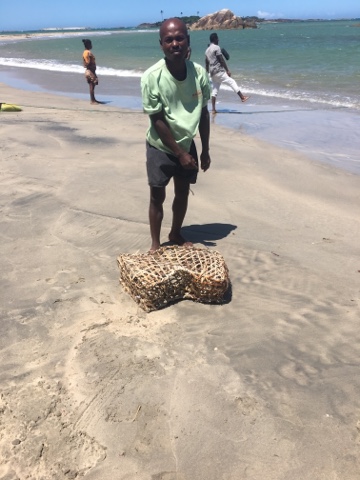
Culturally and anthropolitically, it seemed like the right thing to do. So Susan, Lori and I bundled into a canoe along with Shulu, Lehari and Rene. Great name for a band if there ever was one. It was 9AM. At the start Rene advised that the entire gig, start to finish, would be three to four hours. Handed a paddle and sitting amidship against the thwart (canoe term), I was given the task of starboard paddler. Like hockey, my natural side is port. Wasn’t going to make a fuss about it.
A rigorous 45 minutes later, we arrived at a small sandy enclave. Lori exhaled. My dearest can put almost any other female ever met to shame in terms of her ability to endure difficult and uncomfortable situations. I know, I know. Her Achilles Heel, however, is being exposed to bodies of water. She can’t swim; for crying out loud, she can’t float, even with those..where was I? Oh yes, so the girl, who sits in the shallow end of a bathtub endured the 3/4 hour voyage with hardly a peep. That the rivers and lakes we skimmed over were no deeper than a meter and a half at any point did nothing to quell the fears of my own little Chicken of the Sea.
is a carnivorous plant endemic to Madagascar, (Canada too). Unlike its better known cousin, Venus Flytrap, whose hair trigger closes on the unsuspecting prey as it lands on the petals, opening with a tantalizing sweet dew drop as bait, and then shutting around the fly/bug, squishing it to death and ingesting the innards (Muahaha), the Pitcher Plant has a large central tube that is filled with rainwater. It also has a lid on it, akin to the foot operated trash can lid you have in your kitchen. The unaware bug heads down the tubes looking for refreshment and cannot climb back out due to the silky hairs lining the inside of the tube. The trash can lid closes and bug quickly learns more profoundly what ‘going down the tubes’ actually means. I walked past the copse of pitchers minding my own business when the most aggressive Alpha Pitcher Plant jumped out and attacked me.
I was lucky to escape with my life. Unbeknownst to me, that incident would be a harbinger of things to come.
We have visited other co-ops in scattered parts of the globe. They all fit the same pattern – women produce crafts and they are sold under the aegis of the Center. A tag is attached to each item showing a photo of the artist and sometimes her family, along with a brief recitation as to how the project has enhanced her life. The artist gets a percentage of the sale when her piece gets picked up. So, the good Samaritans walked in hoping to unload some of our hard earned Ariary. The works were varied; many of them of reasonably good quality and appearance. All was going fine until I inquired as to the price of an 8×10 embroidered cloth. It was selling for $60. This in a country where that amount represents a month’s earnings on a national average. Further investigation showed that items in the co-op were priced at a level of crass capitalism that would even make Donald blush. I walked out the door to double check the name on the outside.
I thought I had seen ‘The Stitch Group’ on the post. Closer examination of the fine print said ‘A division of Hermes PLC’. I swear I am not making this up. OK, I lied; but it’s funny. Lori bought a belt as did fellow volunteer Susan. I managed to avoid death for a second time. Out of the clutches of Dennis, Charlie, Earl, and all the others. Not skinned alive.
We toured the rest of the community, buying staples such as mini-loaves of cassava bread and fresh fruit from the stands aside the road. Met the local village people
Reminiscent of the Battan Death March but without the cool khaki uniforms. Dehydrated to the point of near death, we ultimately arrived at the penultimate village of our March. Out of cash thanks to the overpriced co-op (let it go, Bruce), I had to beg Susan for enough Ariary to cover the cost of a thirst quenching drink. The words hardly came out of my mouth due to my swollen tongue and cracked, parched lips that by now were starting to peel off and were a hosting ground for maggots laying their eggs in the salty, bloody crevices that used to be my lips. Maybe I’m exaggerating, but just a touch. The shop owner sold me a 50ml bottle of THB (Three Horses Beer). It wasn’t cold. I complained. She didn’t care. I drank it.
The ocean was inviting. I jumped in fully clothed. Splashing around on yet another beautiful beach. Idyllic. Until I found myself ensnared in a lobster trap.
It was not until I was hauled ashore, natives determining the value of their unanticipated catch with glee, that I noticed the waterproof portrait of Jacques Parizeau adorning the trap. Sonofagun, the guy called it right. Lori, paying a ransom to free me from the clutches of the Thermidor inspired natives, chuckled.
The original canoe used by us to get to where we were would be returned the next morning. He wanted 6,000 Ariary for the job. We negotiated down to 5,000 and got on board. Didn’t have a great feeling. Within 10 meters of shore, the previously dry pirogue was taking on water faster than any sieve I’ve ever seen.I was bailing too intently to notice the size of the waves confronting our journey. Lori had no trouble picking up on that. Susan was sitting still, trying to prevent her sore knee and ankle from causing her too much pain.
She had cleverly developed a UTI, who’s searing white hot poker like jabs to her abdomen were certainly taking her mind off the leg issues. As the whitecaps deposited more water into the craft, the notion of heading out deeper into the ocean’s swale was not appealing. Lori loves music but the one place that rock ‘n’ roll doesn’t work for her is in a boat. We aborted the mission five minutes in. The boat guy refused to repay the money given to him – citing abject cowardice on our parts being the reason for early termination. Apparently there is a very fine line in Madagascar social mores between abject cowardice and survival instinct. The two songs that kept mashing together in my head came from Split Enz and Chris de Burgh. Multiple points for readers who need no further explanation. For the 95% of you, those would be “I Just Spent Six Months in a Leaky Boat’ and ‘Don’t Pay the Ferryman’. We washed up on shore, Susan slipped on a rock, landing on her knee. She was trying to find new ways to counteract the UTI pain, apparently.
The craggy rocks have welcomed Kyla as a refuge when she heads there for some solo time Sunday mornings. She had said that getting there required a 45 minute walk. Forgetting that she was a machine, we assumed 45 minutes to get back. After walking down the beautiful, pristine, wide beach for 90 minutes, we arrived back at the base. It was 4PM.


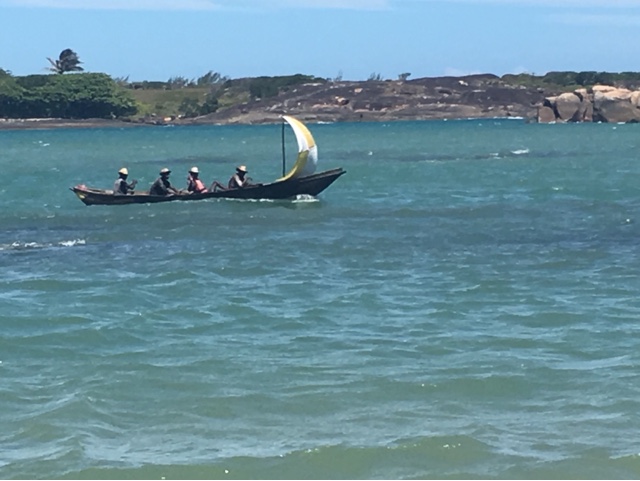

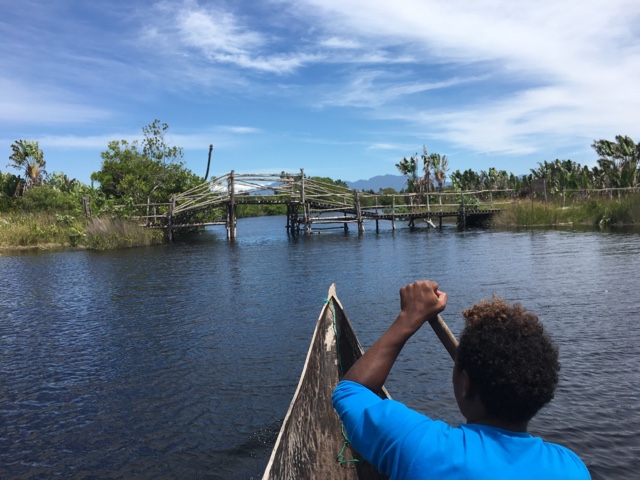
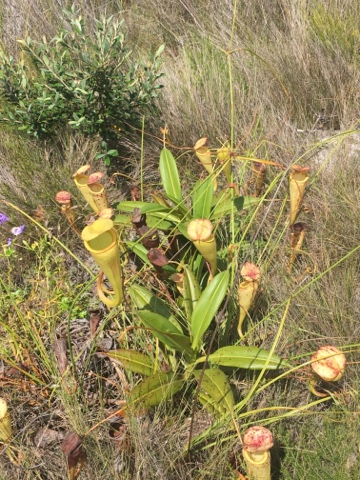
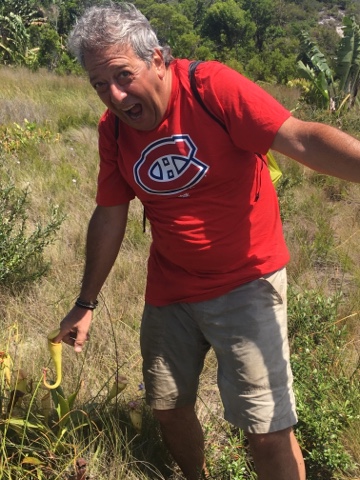




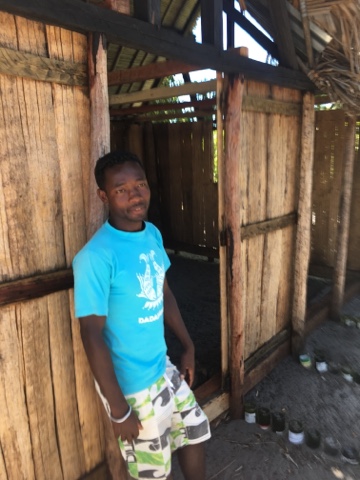
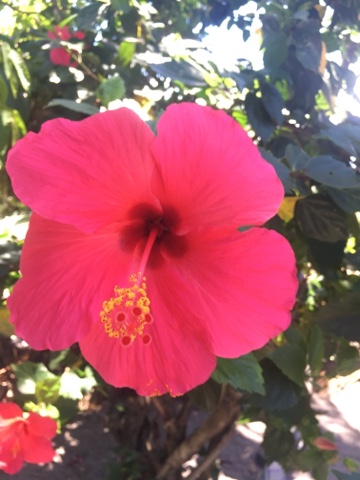
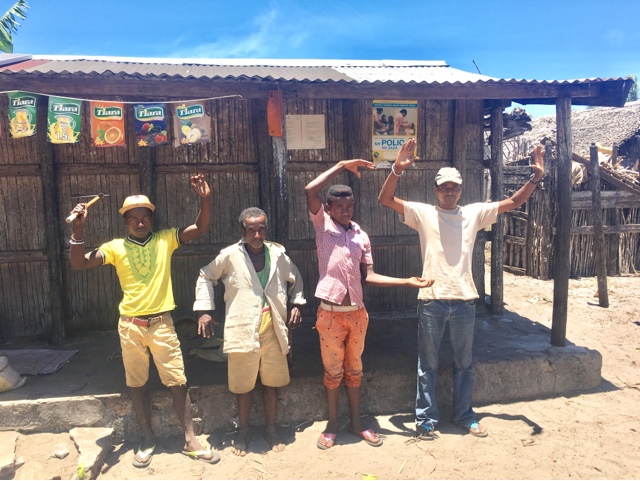
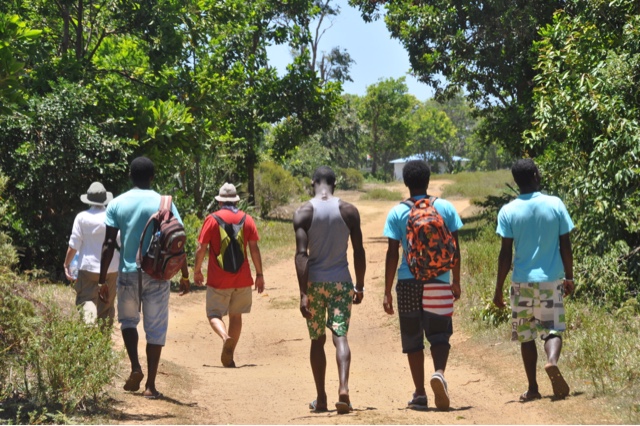


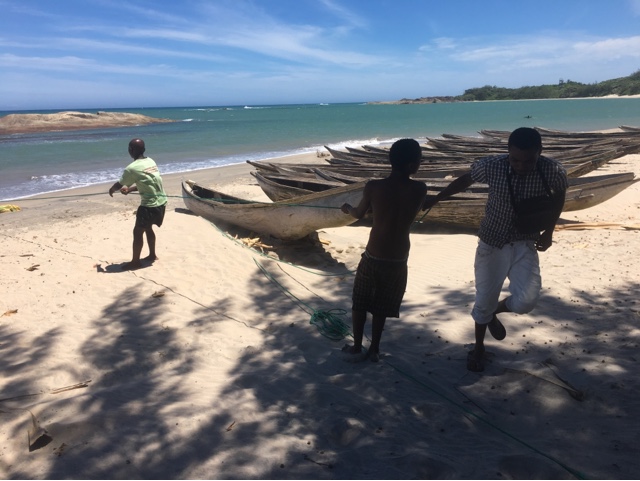
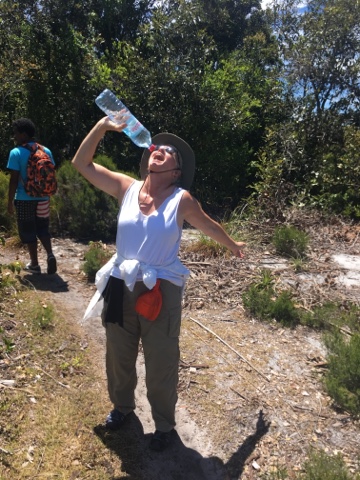
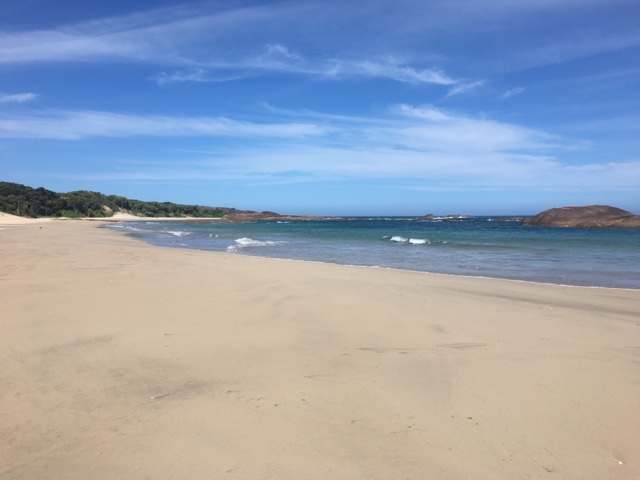
Susan Watson
Posted at 09:15h, 17 JanuaryIt was definitely a memory! (Made tolerable by sharing ones misery with friends.) I'm proud to have finished in one piece and very happy to have met the Burnetts. Thanks for the laughs. susan